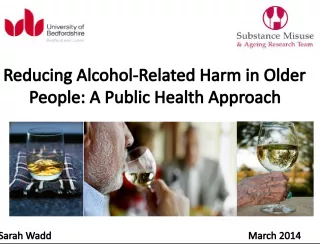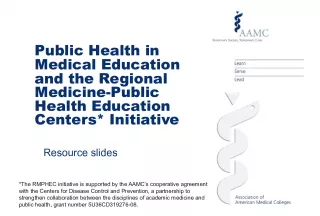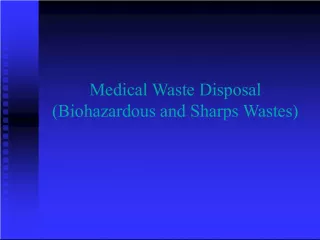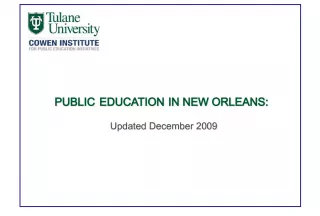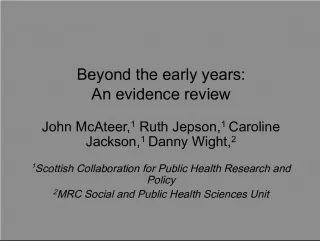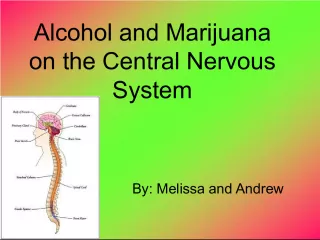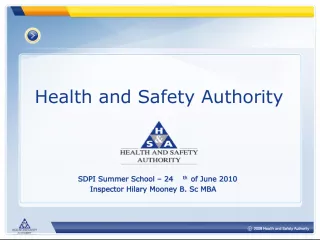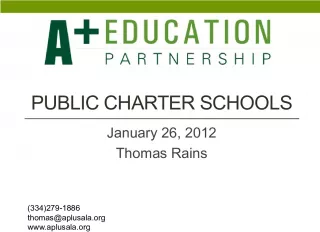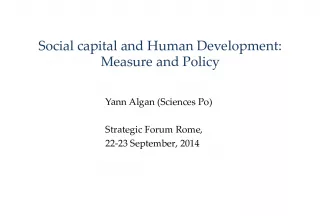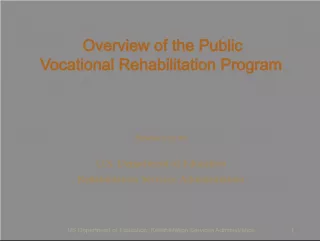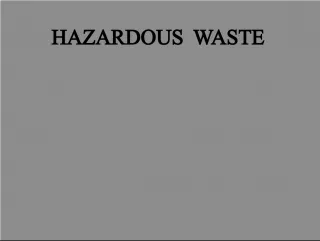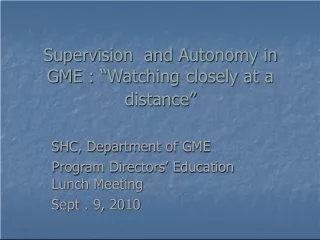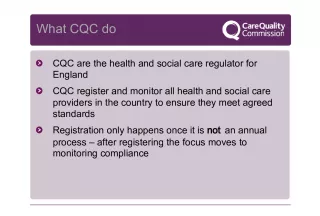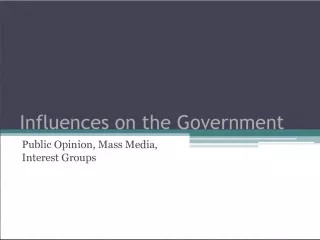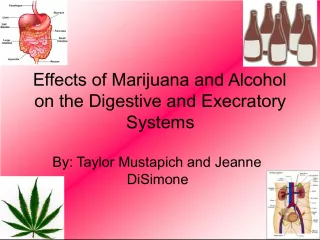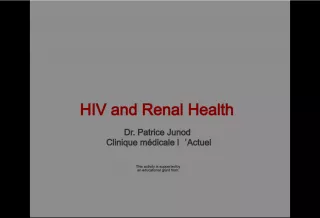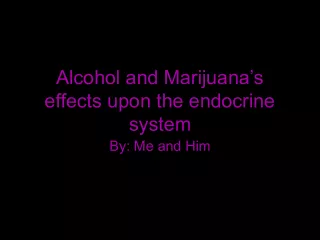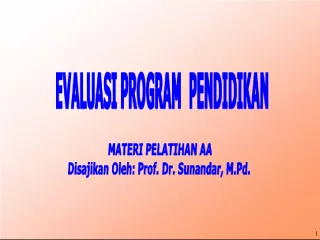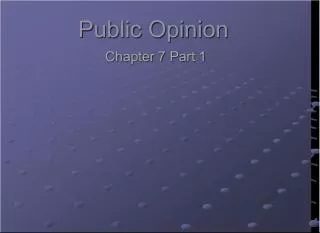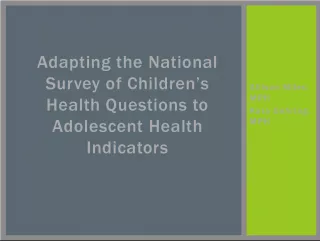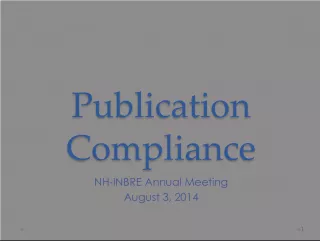The Importance of Alcohol Regulations and Public Health Education
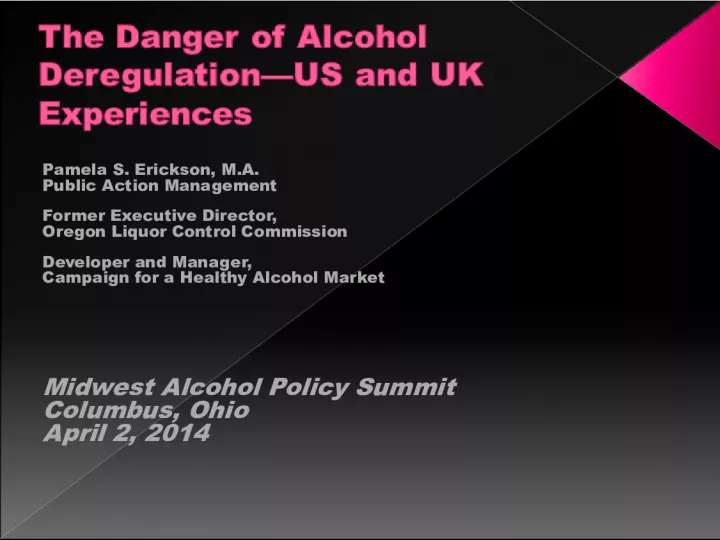

In this speech, Pamela S. Erickson, the former Executive Director of the Oregon Liquor Control Commission and developer and manager of the Campaign for a Healthy Alcohol Market, discusses the
- Uploaded on | 2 Views
-
 nellihanninen
nellihanninen
About The Importance of Alcohol Regulations and Public Health Education
PowerPoint presentation about 'The Importance of Alcohol Regulations and Public Health Education'. This presentation describes the topic on In this speech, Pamela S. Erickson, the former Executive Director of the Oregon Liquor Control Commission and developer and manager of the Campaign for a Healthy Alcohol Market, discusses the. The key topics included in this slideshow are . Download this presentation absolutely free.
Presentation Transcript
Slide1Pamela S. Erickson, M.A.Public Action Management Former Executive Director, Oregon Liquor Control Commission Developer and Manager, Campaign for a Healthy Alcohol Market Midwest Alcohol Policy Summit Columbus, Ohio April 2, 2014
Slide2 › Understand how alcohol regulations curb social problems and be able to articulate the risks of loosening them. › Understand the importance of educating leaders regarding the public health perspective for proposals to deregulate or privatize alcohol. › Be able to cite credible research which illustrates the efficacy of alcohol. › Understand the need for a comprehensive system of regulation and policies. › Be able to describe how instances of privatization and/or deregulation lead to increased problems.
Slide3CDC estimates 88,000 deaths occur due to alcohol annually. Contrast with 6,000 people lost in two recent wars. Underage drinking : Despite progress, it is still unacceptably high. Alcohol is a causal factor in crime, domestic violence and other social problems. Highway deaths : In 2012, highway deaths increased to 10,322 due to alcohol, after a period of decline. If a new product came on the market and created that number of tragedies, there would be mass hysteria!
Slide41. Price : keeps prices reasonably high and prevents price wars. Low prices increase consumption, particularly among youth. Prices too high foster bootlegging and theft. 2. Promotion : curtails or bans promotions that encourage high volume consumption. 3. Product : controls or bans dangerous or high potency products. 4. Place : limits availability (locations, days and hours)
Slide5Centers for Disease Control and the World Health Organization have confirmed the effectiveness of basic alcohol regulations. T he strong strategies are “restrictions on affordability, availability and accessibility, as well as drink-driving deterrence measures.” “Alcohol, No Ordinary Commodity,” Second Edition
Slide8In 1930’s, the UK’s license system was a model for US regulatory system design after Prohibition. But the 1960’s began a long, slow process of deregulation: expanded sales for all forms of alcohol; bar hours extended; Sunday sales permitted; weak age laws; serving practices foster intoxication; and poor enforcement. Licensing Act of 2003 permitted 24 hour sales; enforcement overwhelmed .
Slide11Large increase in public disorder crimes around bars (vomiting, urination, fights, vandalism). Serving practices promote rapid intoxication. “Predrinking” at home increases bar intoxication. In 2005, a field hospital “booze bus” system developed for dangerously intoxicated patrons. Calls and costs have skyrocketed.
Slide12Four large chains control 75% of the market. Most use alcohol as a “loss leader” with heavy promotions. Drinking at home has increased. The large chains are locked in price wars. Tax increase not passed to consumer. The UK has proposals but no law against volume discounts, promotions that induce heavy consumption or minimum prices.
Slide15 “We can't go on like this!” says the Prime Minister: “Binge drinking isn't some fringe issue; it accounts for half of all alcohol consumed in this country. The crime and violence it causes drains resources in our hospitals, generates mayhem on our streets and spreads fear in our communities.” David Cameron, Prime Minister, United Kingdom, March 22, 2012 A lot of debate, but little progress on Mr. Cameron’s comprehensive strategy
Slide16Regulatory changes should be made very carefully in order to avoid increasing the harm of alcohol misuse. One should attempt to assess potential harms from the change, but recognize you can’t predict everything. Once deregulation sets in, it may be impossible to reverse the changes; and the social problems may take a long time to reduce. However, we must be flexible and willing to change to accommodate new circumstances and legitimate business needs. A balanced market is good for public safety and for your state’s business environment. Such a market allows large, small, local and international companies to be reasonably successful.
Slide17Liquor Stores v. Big Box Grocers—Customer Convenience and “one-stop shopping.” More jobs and revenue (ignore the consequences) greater outlets, customer convenience, “vibrant nightlife.”? Three tier issues—buying vertical integration, wholesale regulation enforcement, accommodating small producers. Anti-trust—sleeping beauty awakens? Mergers and exclusivity.
Slide18Alcohol specialty stores (called liquor stores or package stores) are safest venues for selling alcohol. History and rationale. Kentucky and Florida: Big box stores want to sell all forms of alcohol, but don’t want age restrictions and other rules. (See Maxwell Pic- Pac case in Kentucky.) Washington State: Privatization ballot measure, sponsored and paid for by Costco, shifted market advantages to big box stores.
Slide19Connecticut governor wants to expand alcohol sales to gain revenue. Cross border wars. New licenses created to sell alcohol in non-traditional spaces. Dry jurisdictions vote to go wet. Sunday sales expands…it’s not necessarily about religion.
Slide20U.S. three-tier system has unique values in balancing the market, collecting taxes and product safety. All alcohol moves through 3 licensed tiers. Middle tier is a buffer and prevents market domination by suppliers or retailers. Market domination usually leads to aggressive sales practices inducing vulnerable populations to buy more alcohol. Price measures at wholesale and retail level rated highly effective in recent research journal. Many threats to three-tier system including legislative changes, court suits and ballot measures. States also have less resources for enforcement, more alcohol outlets, and in some places there are substantial violations of wholesale regulations.
Slide21Revitalize inner cities Create jobs, more money, more tax revenue by selling more alcohol and capturing young adult’s entertainment dollars. Law enforcement impact Problems with public disorder, DUI, underage drinking The “pre-drinking issue” Is it cost-effective?
Slide22US DOJ files lawsuit over Anheuser-Busch/Modelo merger (US beer market is a duopoly) Mexican Federal Competition Commission limits exclusive arrangements of beer duopoly (Grupo Modelo/ABI and FEMSA/Heineken have 98% market share) Craft beer implications
Slide23Website has: Monthly newsletter, educational pieces, PowerPoint presentations from conferences. (These are free!) Updated report on UK, “The Dangers of Alcohol Deregulation: the United Kingdom Experience, 2012 Update” can be downloaded from website. Issue Briefs for 2014 has simple explanations of alcohol regulatory issues as well as citations for research and more information.
Slide24“2014 Issue Briefs for States, Brief Explanations of Common Regulatory Issues Facing State and Local Communities,” www.healthyalcoholmarket.com “Strategizer 55, Regulating Alcohol Outlet Density: An Action Guide” CADCA in partnership with the Center on Alcohol Marketing and Youth (CAMY), www.cadca.org “Preventing Excessive Alcohol Consumption,” Guide to Community Preventive Services, www.thecommunityguide.org “The Dangers of Alcohol Deregulation: The United Kingdom Experience: 2012 Update,” Pamela S. Erickson, www.healthyalcoholmarket.com “The High Price of Cheap Alcohol,” Pamela S. Erickson, www.healthyalcoholmarket.com “What are the most effective and cost-effective interventions in alcohol control?” World Health Organization, February 2004 Toward Liquor Control, by Fosdick, R.D. and Scott, A.L, originally published in 1933, reissued by Center for Alcohol Policy, 2011. “Efficacy and the Strength of Evidence of U.S. Alcohol Control Policies,” 2013 American Journal of Preventive Medicine, Nelson et al / Am J Prev Med 2013 3;45(1):19 – 28, www.ajpmonline.org “Today’s alcohol demands a closer look,” National Alcohol Beverage Control Association, www.nabca.org .
